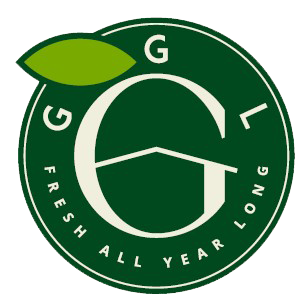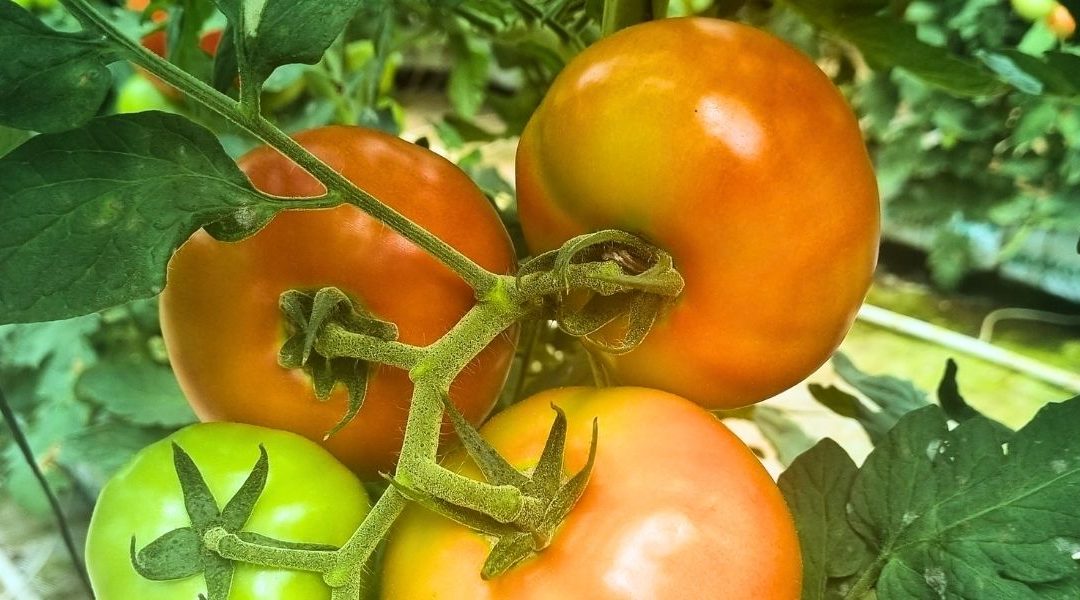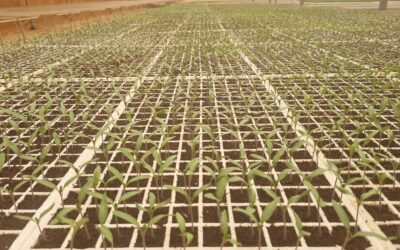Worldwide, there are thousands of different tomato varieties. Choosing the most suitable cultivars for planting is one of our ongoing challenges at GGL. A systematic process of crop variety selection is regularly conducted on the farm to identify the best and most suitable varieties for commercial production and marketing.
GGL professional staff have developed an analytical and methodical set of agronomic procedures that gradually filters between many types and varieties to focus on the 3-4 best suited for large-scale commercial production.
The end goal is to identify and successfully cultivate those varieties that get the best results on a checklist of desired qualities developed by the farm managers specifically for the Malawian setting. In short, the visually attractive and tasteful varieties are in demand by consumers, produce high yields, and have a long shelf life. Moreover, the final uses of the tomato crop is also a consideration that may determine cultivar selection. Will it be used for slicing (sandwiches, burgers), Paste (relishes, cooking), or Salads?
The process begins with the selection of high-quality hybrid seeds developed by leading international seed producers (Syngenta, Sakata, Hazera, Seed Co, to name a few).
Over the course of the past three years, our dedicated farm agronomists planted over twenty different tomato cultivars. Each is planted and grown precisely as per the seed company’s guidelines.
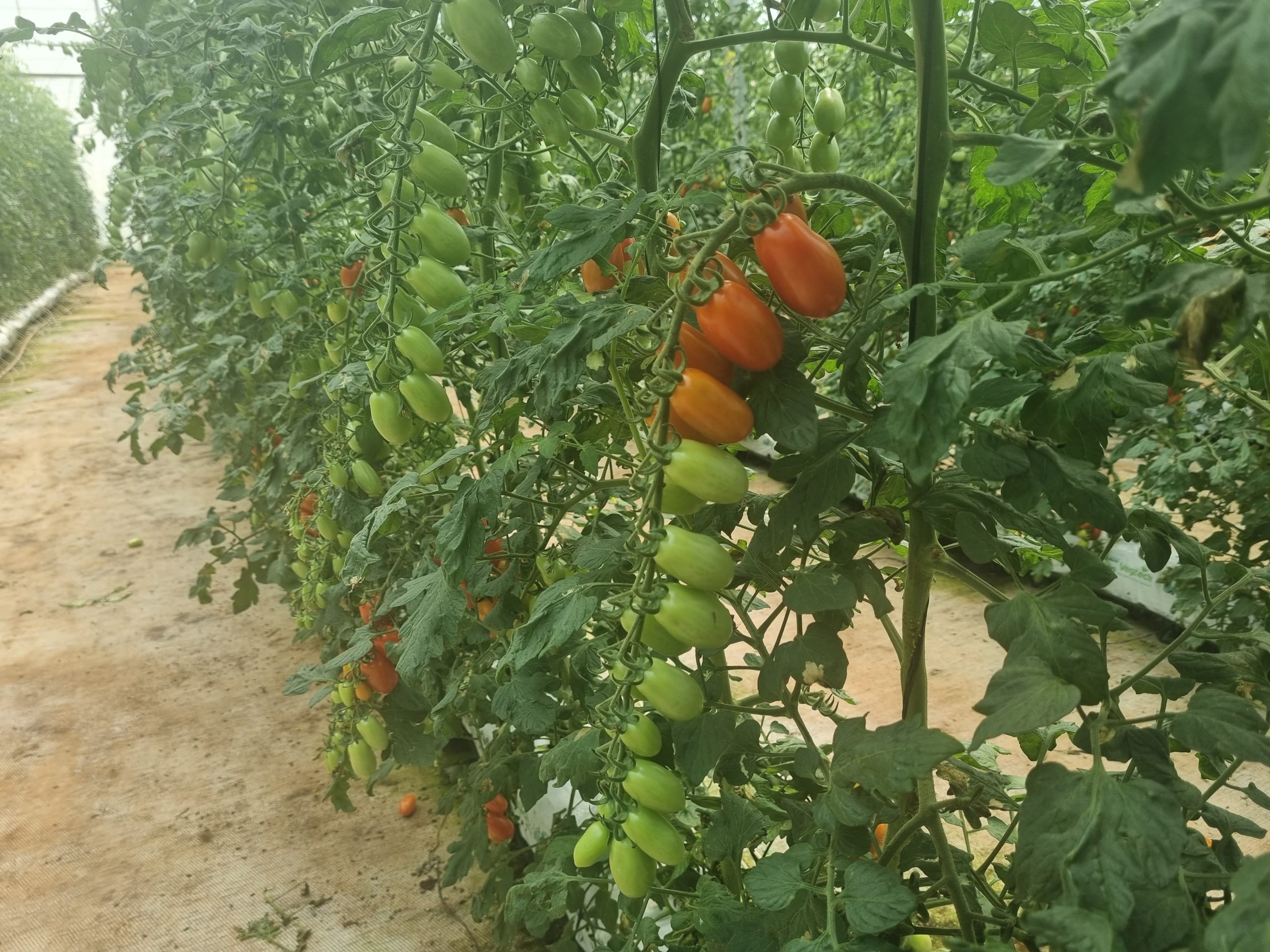
Each plant is closely observed during its growth cycle. From sowing in the nursery, germination, transplanting in the soilless greenhouse, and until harvest, post-harvest, packing, and post-sales examinations on the supermarket shelves. All agronomic actions are meticulously recorded and documented. Temperature and humidity in the greenhouse, irrigation, and water supply, fertigation (liquid fertilizer) composition and application, chemical applications timing, disease resistance, time to maturity and ripening, quantity per bush/hectare, size, color, taste, texture, firmness, shelf life, travel durability. And of course, consumer preferences.
Several of the initial fifteen cultivars planted in 2020 were rejected or added to the cultivated inventory after each 6-month cycle. By 2022 the final 4 varieties had been selected. These have high yield potential, strong disease and virus resistance, attractive colors, fast maturity, and long shelf life. And they are also popular and in high demand by high-end supermarkets in Malawi, the regional export markets, and most importantly the end consumers.
This is a never-ending pursuit. Introduction of new varieties, experimentation, selection, and sales. Where the final satisfaction of the housewife is the most significant yardstick.
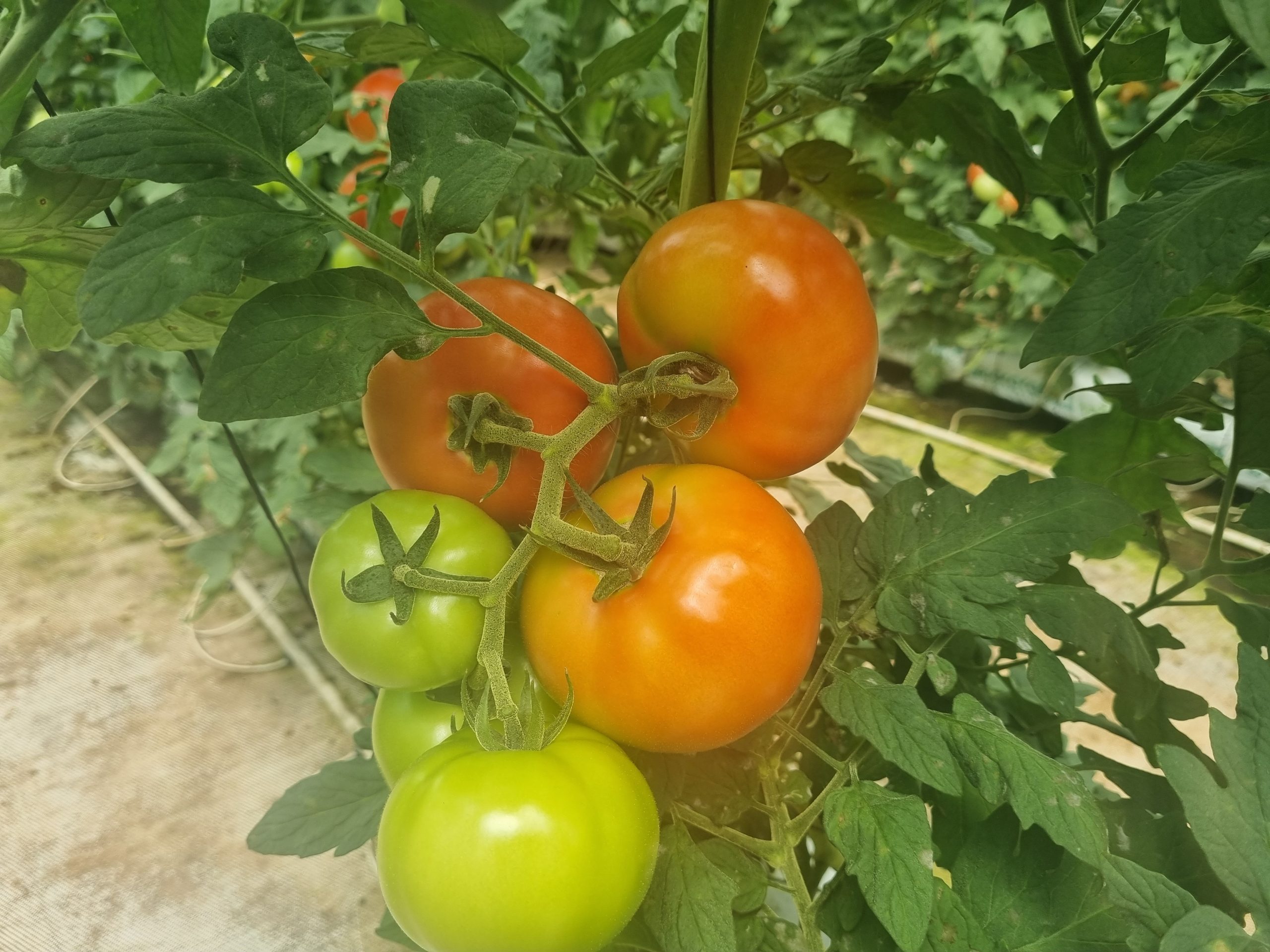

Written by GGL
More From This Category
Launching the On-Farm Training Center
One of the main challenges of any agricultural enterprise is its long-term commercial sustainability, namely, its capacity to survive profitably and self sustainably on a long-term basis. Agricultural and agro-industrial activities are basically technology-based...
GGL Seedling Nursery Now at Full Capacity
One of the most important production units on the farm is the germination and seedling nursery. The purpose is the production and growth of healthy seedlings. Which can then be transplanted in the greenhouses. In a well managed and well operated nursery, germination...
MGDS III – GGL ticking many of the boxes
GGL Farm ticking many of the boxes of the “Malawi Growth and Development Strategy MGDS III” objectives (see “The Malawi Growth and Development Strategy IIII; Building a Productive, Competitive and Resilient Nation” September 2017). This is no coincidence. Rather, the...
